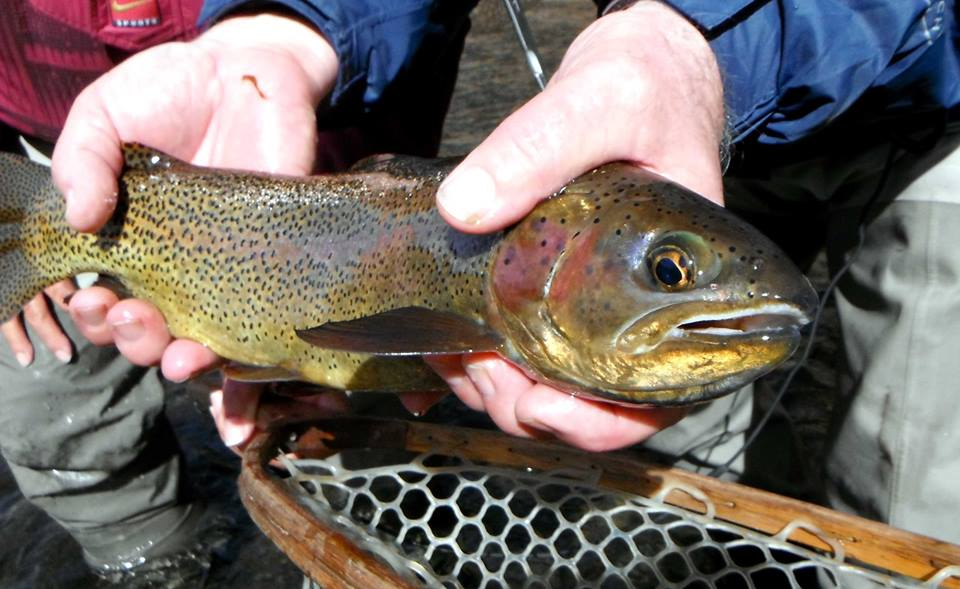Wide gape jig hook:

The high-quality barbless wide gape jig hook with a sharp and inwardly curved eagle-clawed tip is ideal for threading tungsten heads of various diameters and desig ns. Great for tying modern jig nymphs in the style of French nymphs with a tungsten slotted bead etc.Must have for everyone who likes to tie tungsten nymphs and fish on rivers and streams using nymphing techniques. Design: Black Nickel. Size range: 12 - 18
Traditional wet fly hook:

Heavy wet hook made of thick wire suitable for tying a wide range of wet and still water fly patterns from nymphs and wet flies to lures and smaller streamers. Very reliable and strong hook.Design:Black Nickel Size range: 10 - 16
Curved nymph caddis hook:

Suitable mainly for tying classic nymphs, but also still water pupae of midges, and other river and lake nymphs such as cyclops bead nymphs. The tip is slightly bent to the arch, which leads to less frequent catching of the fly to the bottom. Design: Black Nickel. Size range: 10 - 16
Dry fly hook:



